Table of content
Boiling large bones is a culinary practice steeped in tradition and science, valued for its ability to extract rich flavors, nutrients, and gelatinous textures from animal bones. Whether you’re preparing a hearty soup, a nourishing broth, or a foundation for sauces and gravies, understanding the optimal boiling time for large bones is critical. This article delves into the factors influencing boiling duration, step-by-step techniques, and expert tips to achieve a golden, flavorful result every time.
The Science Behind Boiling Bones
Boiling bones serves two primary purposes: tenderizing connective tissues and extracting collagen, minerals, and marrow. Collagen, a protein abundant in bones, breaks down into gelatin when simmered at low temperatures over extended periods. This gelatin imparts a silky texture and rich mouthfeel to broths and soups. Simultaneously, the slow cooking process dissolves minerals like calcium, magnesium, and phosphorus, infusing the liquid with nutritional value.
The type of bone—beef, pork, lamb, or poultry—plays a role in determining boiling time. Larger bones, such as beef femur or knucklebones, require more time to release their nutrients compared to smaller poultry bones. Additionally, the presence of marrow, a fatty tissue inside bones, contributes to the broth’s depth of flavor.

Factors Influencing Boiling Time
Several variables affect how long you should boil large bones:
- Bone Size and Density: Thicker, denser bones (e.g., beef shank) need longer cooking times—often 4–6 hours—to fully break down. Smaller bones, like pork neck bones, may soften in 2–3 hours.
- Cooking Method: A slow cooker or pressure cooker reduces boiling time significantly compared to stovetop simmering.
- Desired Outcome: For a clear broth, shorter simmering times (2–3 hours) suffice. For a gelatin-rich, thick broth, extend cooking to 6–12 hours.
- Altitude: At higher elevations, water boils at lower temperatures, potentially increasing cooking time.
- Pre-Treatment: Roasting bones before boiling enhances flavor but adds 30–45 minutes to the process.
Step-by-Step Guide to Boiling Large Bones
Preparation
- Select Bones: Opt for meaty bones with visible marrow for maximum flavor. Ask your butcher to cut them into 3–4 inch pieces for faster cooking.
- Rinse and Soak: Rinse bones under cold water to remove debris. Some chefs soak bones for 30 minutes to draw out blood, reducing cloudiness in the broth.
- Roasting (Optional): For a deeper flavor, roast bones in an oven at 400°F (200°C) for 30–45 minutes until golden brown.
Initial Boil (Parboiling)
- Place bones in a large stockpot and cover with cold water.
- Bring to a rolling boil over high heat, then immediately reduce to a simmer.
- Skim off foam and impurities that rise to the surface. This step, called “parboiling,” ensures a clearer broth.
Simmering
- Add aromatic vegetables (onions, carrots, celery), herbs (bay leaves, thyme), and peppercorns.
- Maintain a gentle simmer—never a rolling boil—to prevent emulsifying fats and clouding the broth.
- Stovetop: Simmer for 4–6 hours for beef bones, 2–3 hours for pork.
- Slow Cooker: Cook on low for 8–12 hours.
- Pressure Cooker: Pressure-cook for 2–3 hours, then release steam naturally.
Final Touches
- Strain the broth through a fine-mesh sieve or cheesecloth to remove solids.
- Cool rapidly to prevent bacterial growth. Refrigerate overnight to allow fat to solidify on the surface for easy removal.
Expert Tips for Perfectly Boiled Bones
- Low and Slow Wins the Race: Aggressive boiling breaks down collagen too quickly, resulting in a greasy, murky broth. Maintain a temperature between 190–200°F (88–93°C).
- Water Ratio: Use 3–4 quarts of water per pound of bones. Avoid adding salt initially, as it toughens meat and slows collagen breakdown.
- Acidic Boost: A splash of vinegar or lemon juice helps leach minerals from bones. Add 1–2 tablespoons per 4 quarts of water.
- Skim Regularly: Remove impurities every 20–30 minutes during the first hour of simmering.
- Reuse Bones: For ultra-rich broth, simmer bones a second time with fresh water and aromatics.
Common Mistakes to Avoid
- Boiling Too Vigorously: This creates a cloudy broth and destroys gelatin.
- Skipping Parboiling: Leaves impurities in the broth, causing bitterness.
- Adding Salt Too Early: Salt draws moisture from meat, drying it out.
- Overcrowding the Pot: Bones should be submerged but not packed tightly, as this lowers cooking temperature.
Nutritional Benefits of Bone Broth
Bone broth is celebrated for its health benefits, including:
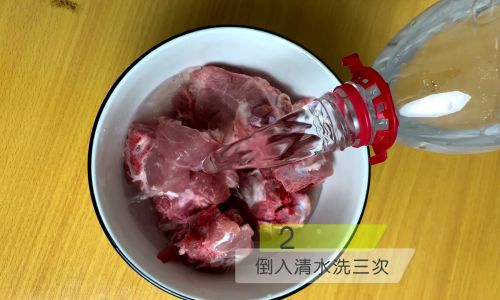
- Gut Health: Gelatin may repair intestinal lining and aid digestion.
- Joint Support: Collagen and glucosamine promote cartilage health.
- Immune Boost: Minerals like zinc and magnesium support immune function.
- Skin Hydration: Collagen improves skin elasticity and reduces wrinkles.
Cultural Significance of Boiled Bones
Boiling bones is a culinary ritual in global cuisines:
- Asia: In Chinese and Japanese cooking, tonkotsu (pork bone) broth simmers for 12+ hours to create creamy ramen bases.
- Europe: French pot-au-feu and Italian stracciatella rely on slow-simmered beef bones.
- Latin America: Caldo de res (beef soup) uses bone-in cuts for depth.
- Africa: Nigerian pepper soup incorporates goat bones and spices.
Creative Uses for Boiled Bone Broth
Beyond soup, bone broth elevates dishes like:

- Risotto: Substitute stock for water in arborio rice cooking.
- Gravy: Thicken with roux for a silky sauce.
- Braising Liquid: Cook meats like short ribs or chicken thighs in broth for added flavor.
- Freezing: Portion broth into ice cube trays for easy recipe additions.
Safety and Storage
- Cooling: Rapidly chill broth by placing the pot in an ice bath before refrigerating.
- Shelf Life: Broth lasts 3–4 days refrigerated or 6 months frozen.
- Bacteria Risk: Never leave broth at room temperature for over 2 hours.
Conclusion
Boiling large bones is both an art and a science, requiring patience and attention to detail. While the general rule of thumb is 4–6 hours for beef bones and 2–3 hours for pork, factors like cooking method and desired outcome demand flexibility. By mastering techniques like parboiling, low simmering, and strategic seasoning, you can transform humble bones into a culinary elixir that nourishes the body and delights the palate. Whether you’re crafting a comforting soup or a vibrant sauce, the time invested in boiling bones properly will always yield golden, flavorful results.
Final Tip: Experiment with herbs, spices, and vegetables to personalize your broth. A bay leaf here, a clove of garlic there—each addition turns a simple bone broth into a signature creation.
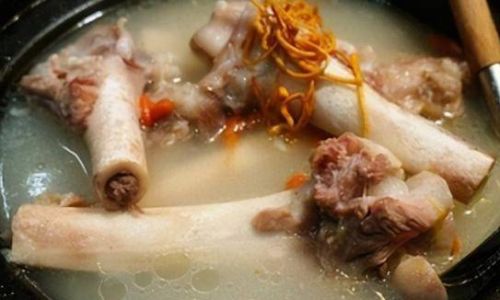
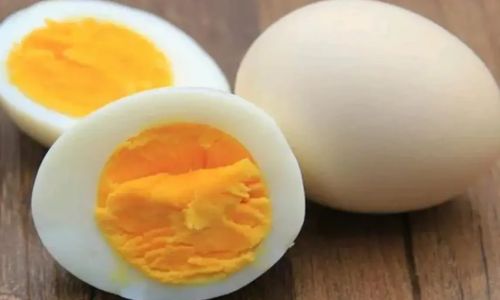
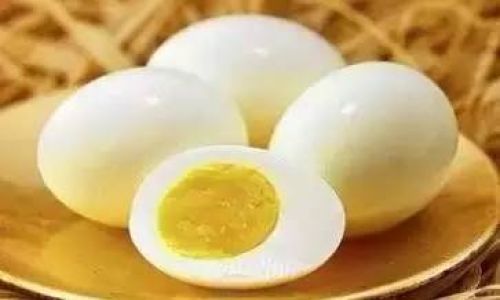

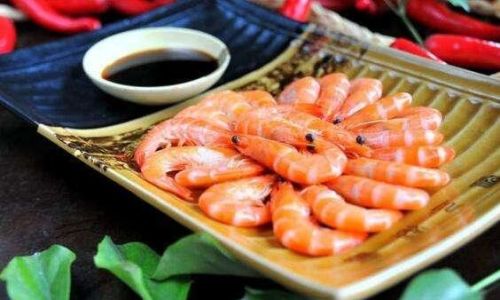


0 comments